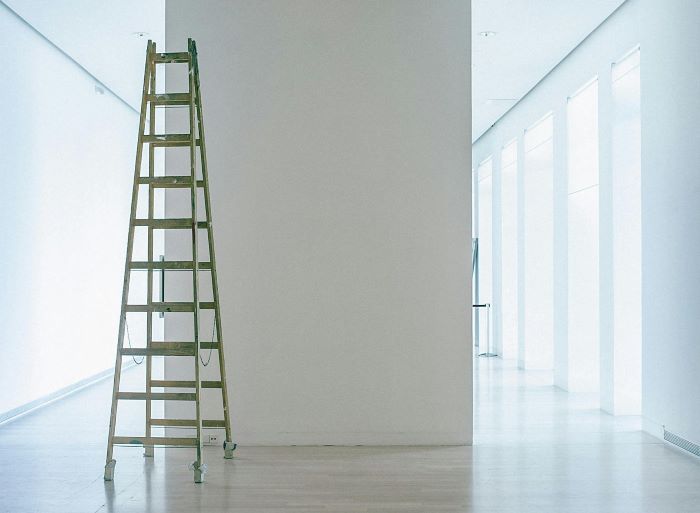
Ladders are essential tools for countless tasks, from reaching high shelves to tackling home repairs. However, their price tag can often leave homeowners surprised and wondering why ladders seem so expensive. The truth is, the cost of a ladder reflects a combination of factors that prioritize safety, durability, and functionality.
This article delves into the reasons behind the seemingly high price of ladders, exploring the materials used, manufacturing processes involved, stringent quality control measures, and ongoing research and development efforts that contribute to their value. By understanding these factors, you can gain a better appreciation for the cost of a reliable ladder and make informed purchasing decisions.
Ladder Materials & Durability
The materials used in ladder construction play a crucial role in determining both its price and performance. Aluminum and fiberglass are the most common materials due to their exceptional strength-to-weight ratio, durability, and resistance to corrosion.
Aluminum ladders are lightweight yet sturdy, making them ideal for frequent use and portability. Fiberglass ladders offer superior electrical insulation, making them safer for working around power lines. Both materials undergo rigorous testing to ensure they can withstand significant weight loads and harsh weather conditions. The high quality of these materials directly impacts the ladder’s lifespan and safety, justifying a higher price point.
Material Variations
Within aluminum and fiberglass, there are variations in grade and thickness that affect cost. Higher-grade alloys and thicker walls contribute to increased durability and load capacity, resulting in a more expensive ladder.
For example, ladders with reinforced stiles (the vertical supports) or rungs made from heavier gauge materials will command a higher price due to the added strength and longevity they offer.
Manufacturing Processes & Labor
The manufacturing process of a ladder involves several intricate steps that require skilled labor and specialized equipment. From cutting and shaping the materials to welding, riveting, and assembling the components, each stage demands precision and expertise.
Highly trained technicians operate sophisticated machinery to ensure accurate dimensions, smooth welds, and secure connections. The complexity of these processes contributes significantly to the overall cost of production.
Quality Assurance
Throughout the manufacturing process, rigorous quality control measures are implemented to guarantee the safety and reliability of the finished product. Each ladder undergoes multiple inspections at various stages, ensuring that all components meet strict standards for strength, stability, and functionality.
These meticulous checks involve visual examinations, dimensional measurements, load tests, and other assessments to identify any potential defects or inconsistencies. The investment in quality assurance adds to the overall cost but ultimately ensures a safe and durable product.
Quality Control & Safety Standards
Ladders are subject to stringent safety standards set by organizations like OSHA (Occupational Safety and Health Administration) to protect users from falls and injuries. Manufacturers must comply with these regulations, which dictate specific requirements for ladder design, materials, construction, and labeling.
Meeting these rigorous safety standards involves additional testing, certifications, and documentation, all of which contribute to the final cost of the ladder. Consumers can be confident that a ladder bearing relevant safety certifications has undergone thorough evaluation and meets industry-recognized safety benchmarks.
Research & Development
Continuous research and development efforts are essential for improving ladder design, functionality, and user experience. Manufacturers invest in innovation to develop new materials, enhance structural integrity, optimize ergonomics, and incorporate features that enhance safety and convenience.
These ongoing R&D initiatives contribute to the cost of ladders but ultimately result in safer, more efficient, and user-friendly products.
Cost Factors Explained
The combination of high-quality materials, complex manufacturing processes, stringent quality control measures, and ongoing research and development drives up the price of ladders. While it may seem expensive upfront, investing in a reliable ladder offers long-term value by ensuring safety, durability, and efficient performance for various tasks.
Consider the cost of potential accidents or injuries if you were to use a cheap, poorly constructed ladder. The peace of mind and protection offered by a high-quality ladder far outweigh the initial investment.
Conclusion
Understanding the factors behind the price of ladders sheds light on the value they provide. From durable materials and meticulous manufacturing processes to rigorous safety standards and continuous innovation, every aspect contributes to the cost. While it may seem expensive initially, a reliable ladder is an essential investment that prioritizes safety, durability, and long-term performance.
